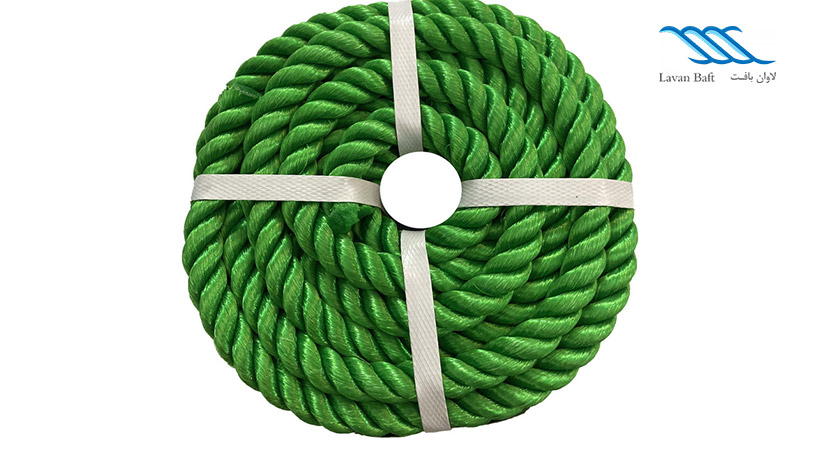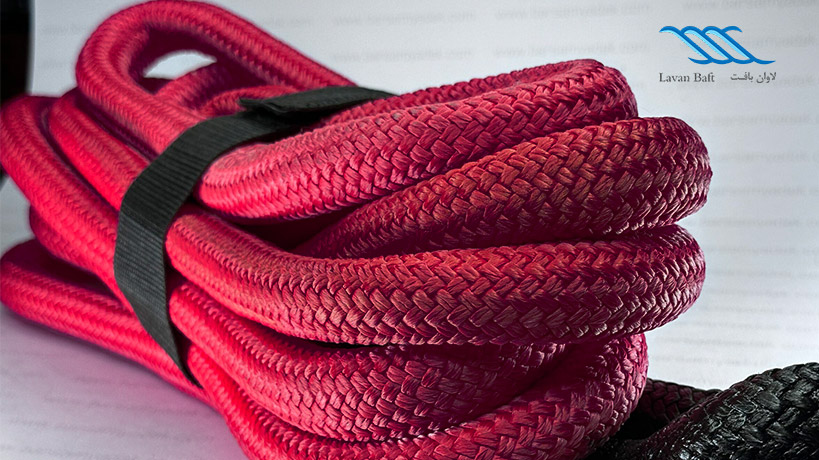The primary material used for the production of rope can include polymer materials, natural materials and steel. The production of rope with each of these materials has a purpose and is produced for a specific application. Natural and nylon ropes can be used almost interchangeably. The natural materials used in the production of natural rope include materials compatible with nature. In the production of nylon rope, synthetic and polymeric materials such as polypropylene and polyethylene are used. In this article, we will make a comprehensive comparison of natural and nylon rope.
Introducing natural ropes
In the production of natural ropes, natural materials that are compatible with the environment are used, and there are no chemicals in the structure of this type of rope. These ropes have high strength, but they are less resistant compared to synthetic ropes. These ropes are damaged by all kinds of mold and UV rays. Unlike nylon rope, natural rope is not damaged by exposure to sunlight and high heat, but flames cause them to burn. These ropes are more environmentally friendly than synthetic ropes.
Introduction of nylon ropes
Nylon ropes are produced from synthetic materials or polymer materials. These ropes are also known as plastic ropes and materials such as nylon, polyester and polypropylene are used in their production. Synthetic ropes are much more durable than natural ropes and that is why they are so popular. Plastic ropes typically last longer than natural ropes and become stronger when wet. Also, these ropes are less damaged by molds and UV rays than the natural type. Among the disadvantages of this type of rope, we can mention that they melt in front of enough heat and their resistance decreases. Also, the production of synthetic ropes causes more damage to the environment than the natural type.
Comparing the use of natural and nylon rope
| Use of natural rope |
Application of nylon rope |
| Production of flexible ladders and nets | Connecting advertising banners |
| Wide application in the field of decoration | Routines |
| Connecting home pots | Maritime Transportation |
| Connection of ceiling chandeliers | gardening |
| Boating | Packaging of goods |
| tie timber | Decorative and handmade works |
| Types of lifts | Can be used in arboriculture and forestry industry |
Comparing the characteristics of natural and nylon rope
| Characteristic of natural rope | Feature of nylon rope |
| Environmentally friendly | Long life |
| Relatively good strength | Increased strength when wet |
| Resistant to sunlight and heat | Resistant to mold and radiation |
Comparing the disadvantages of natural and nylon rope
| Disadvantages of natural rope | Disadvantages of nylon rope |
| Vulnerability to all types of mold and UV rays | Melt against heat |
| Burning in front of the flame | Damage to the environment due to non-degradability |
| Shrinkage when wet | Abrasion under pressure with high weight |
final word
In this article, we examined the difference between natural and nylon rope. We tried to make the most comprehensive comparison in the shortest possible form. In general, each of these two products has both unique features and disadvantages. To buy a product, first of all, we have to see what is the purpose of buying the product and for what purpose we are preparing it. In this case, we can make the right choice based on the advantages and disadvantages of each.






